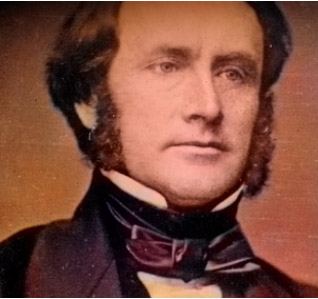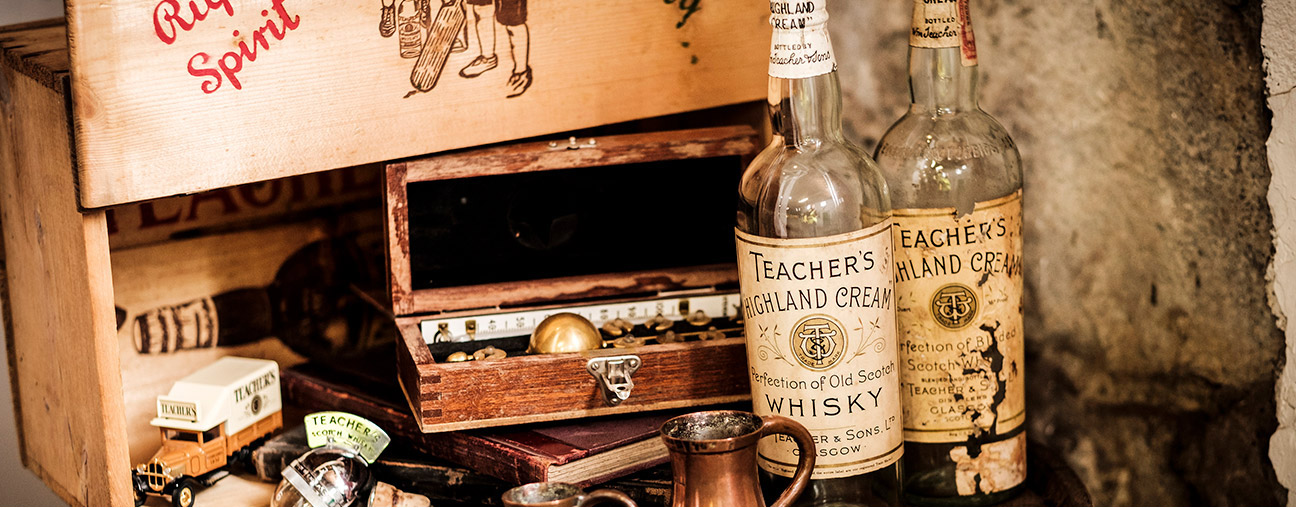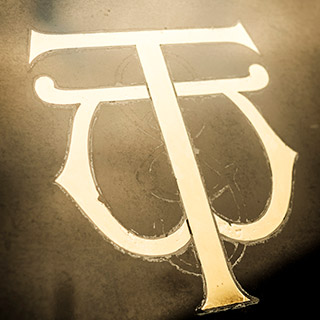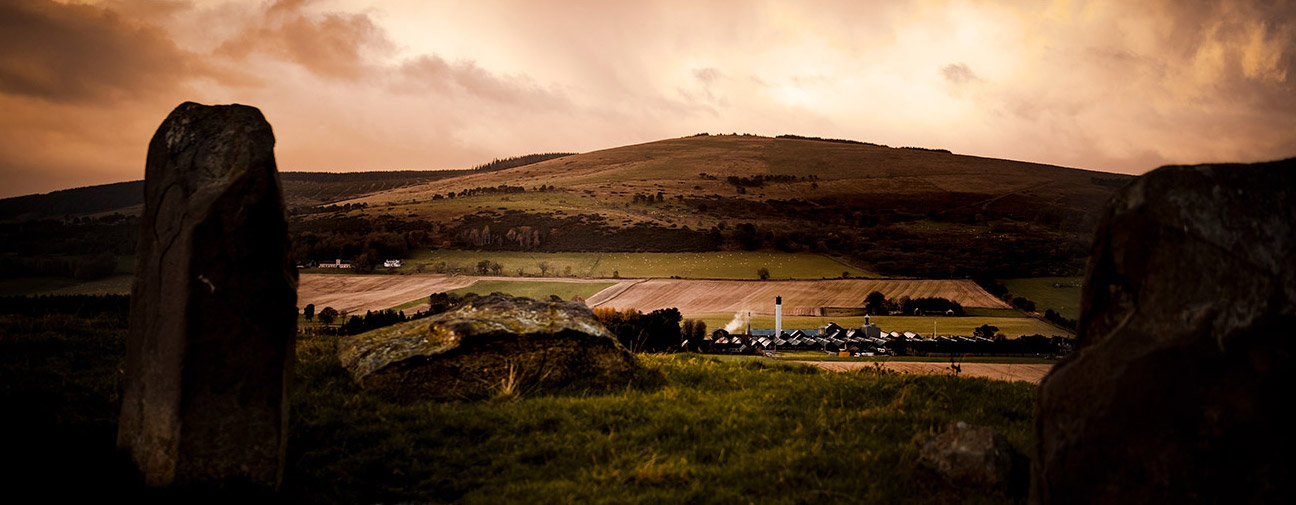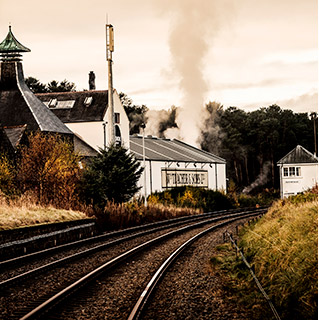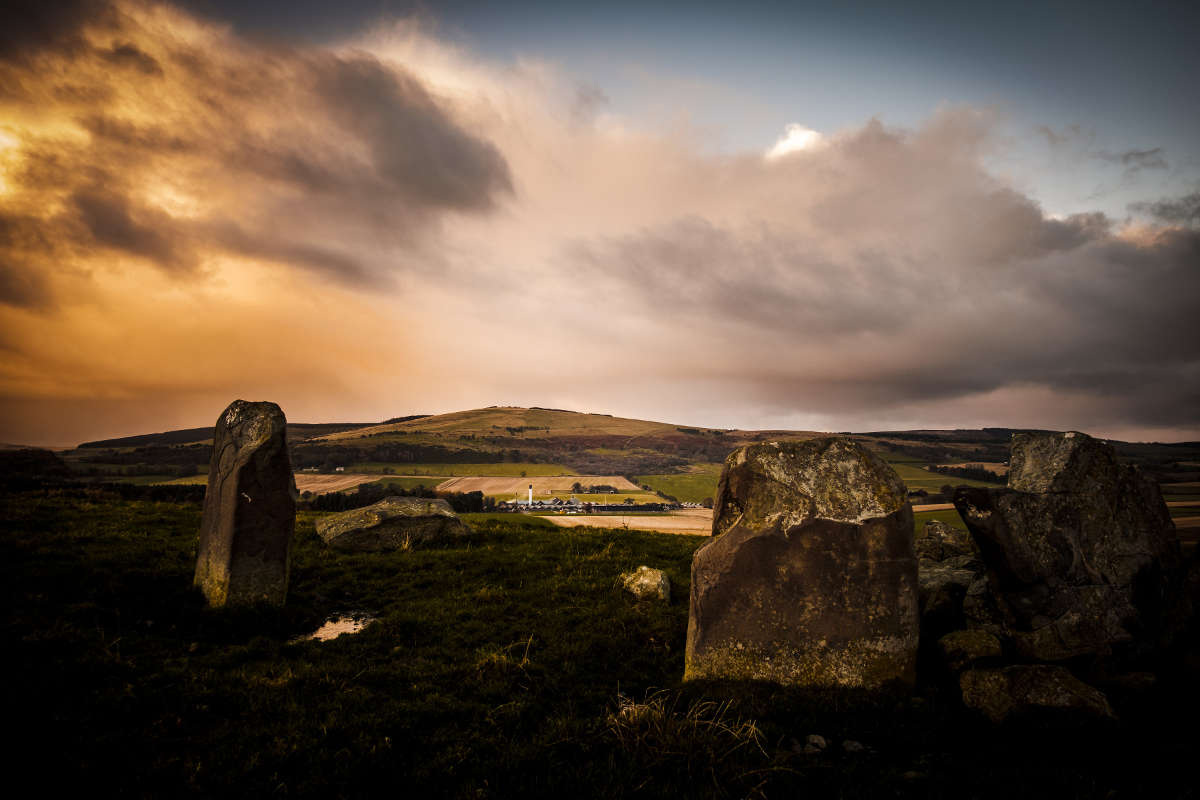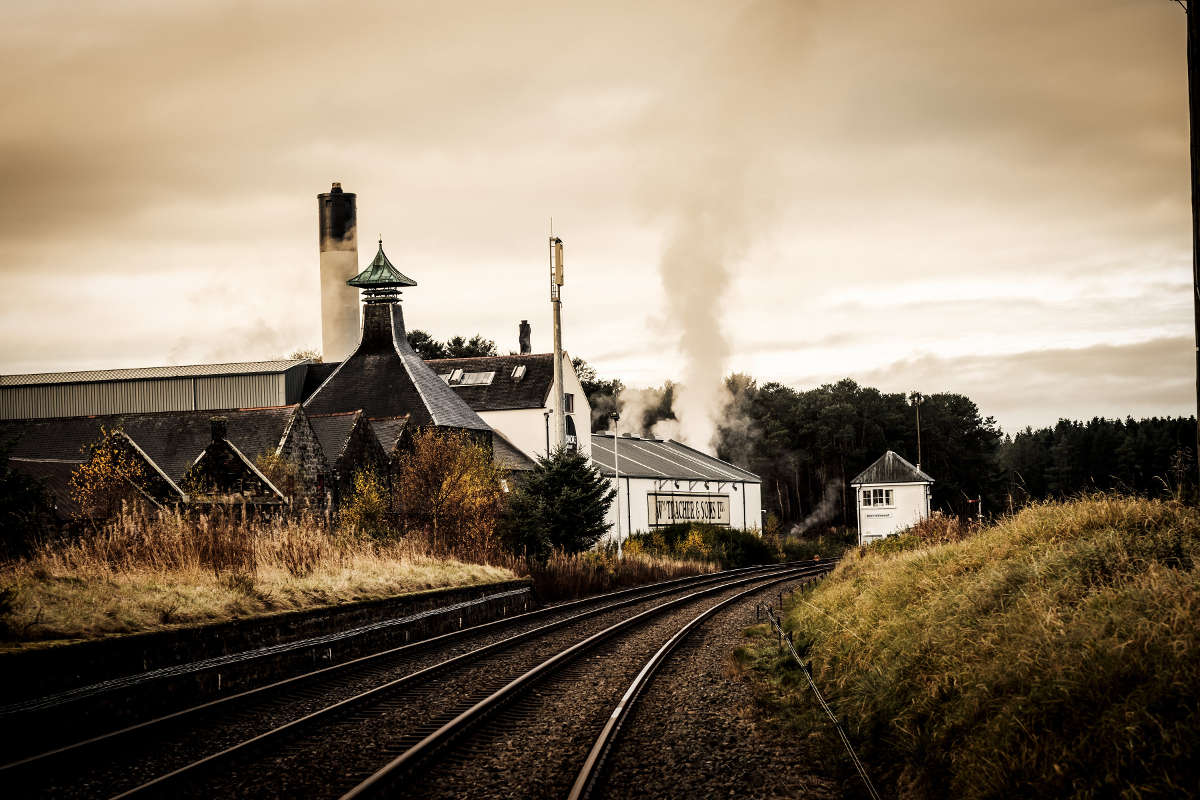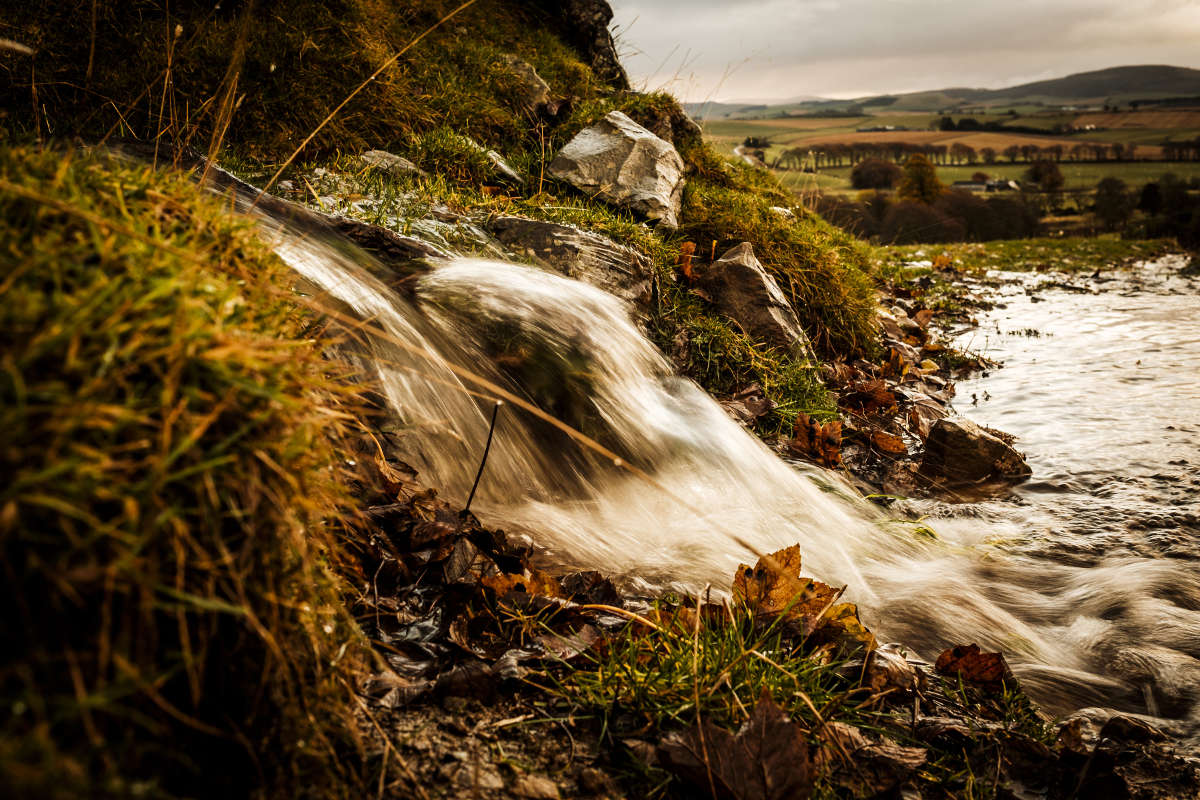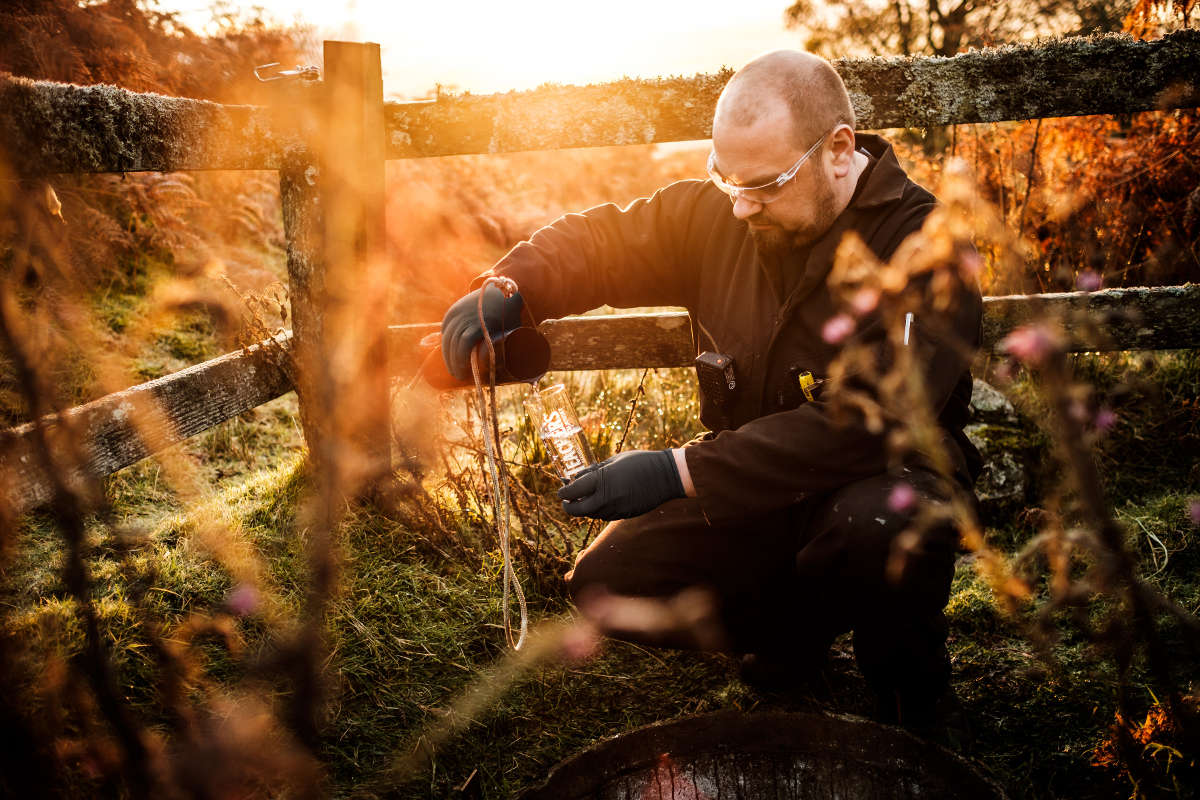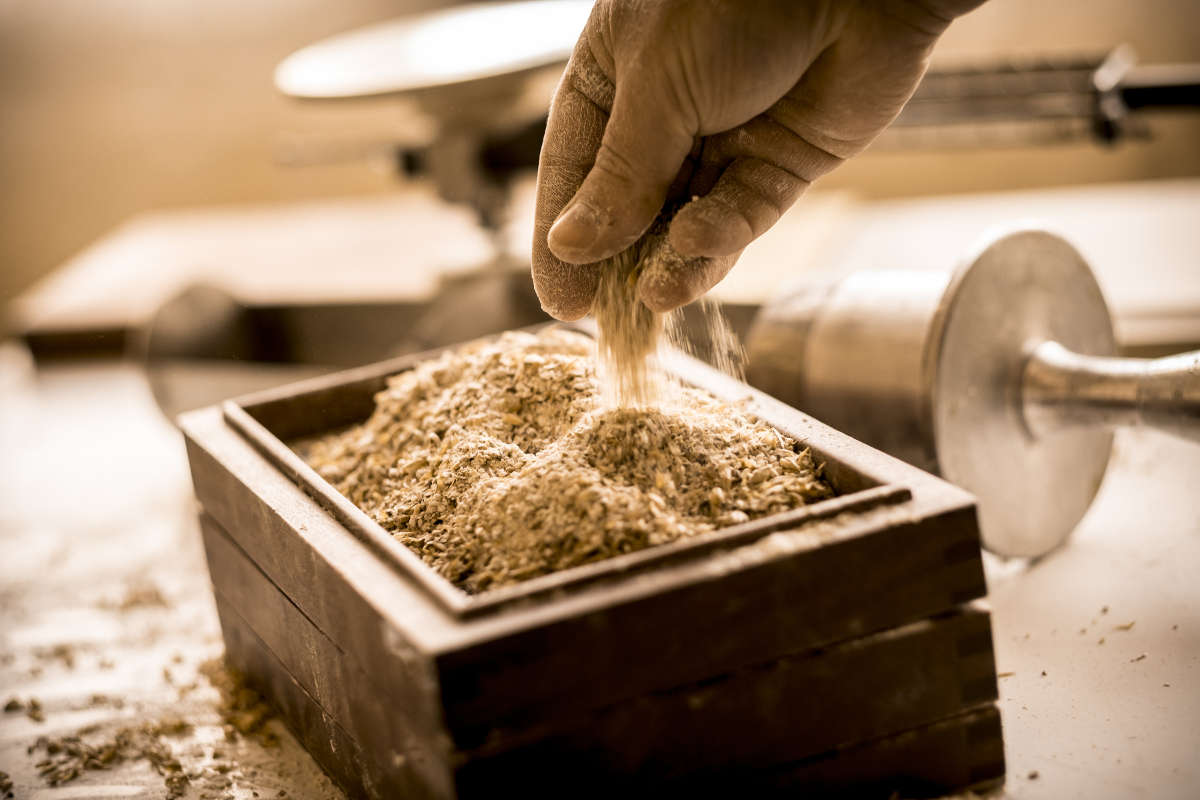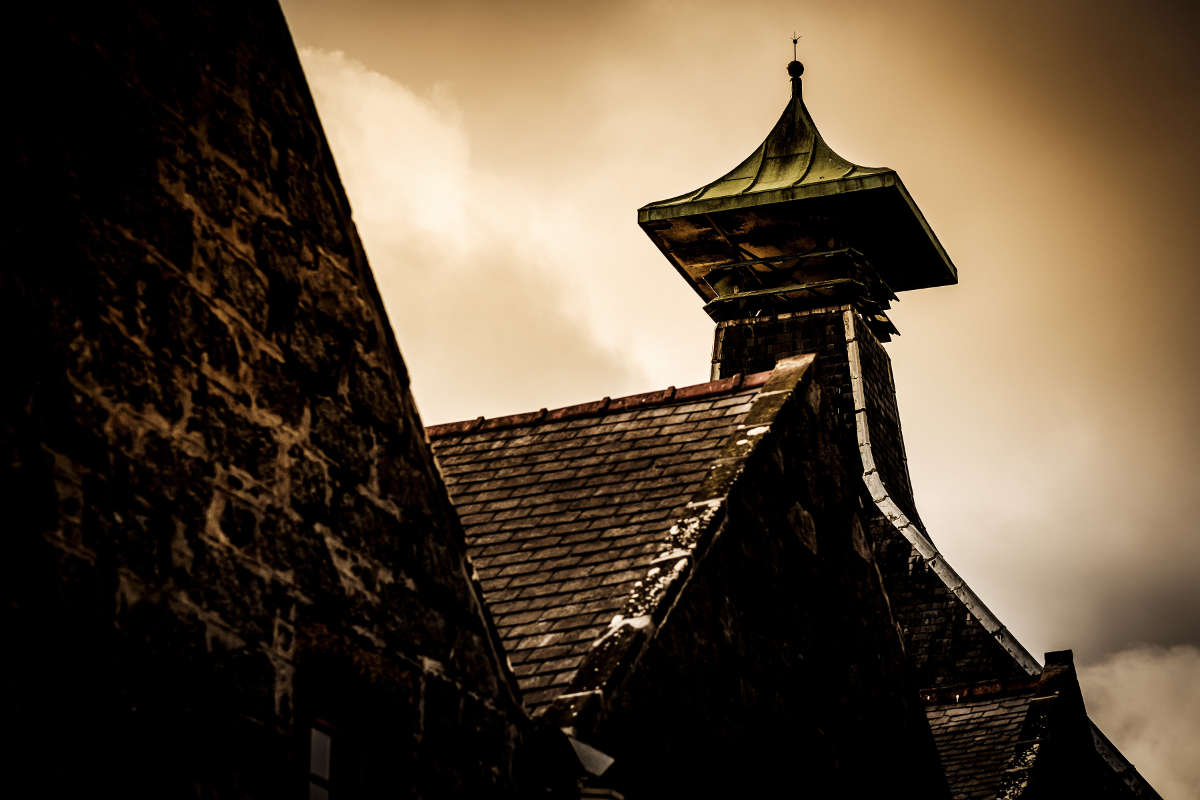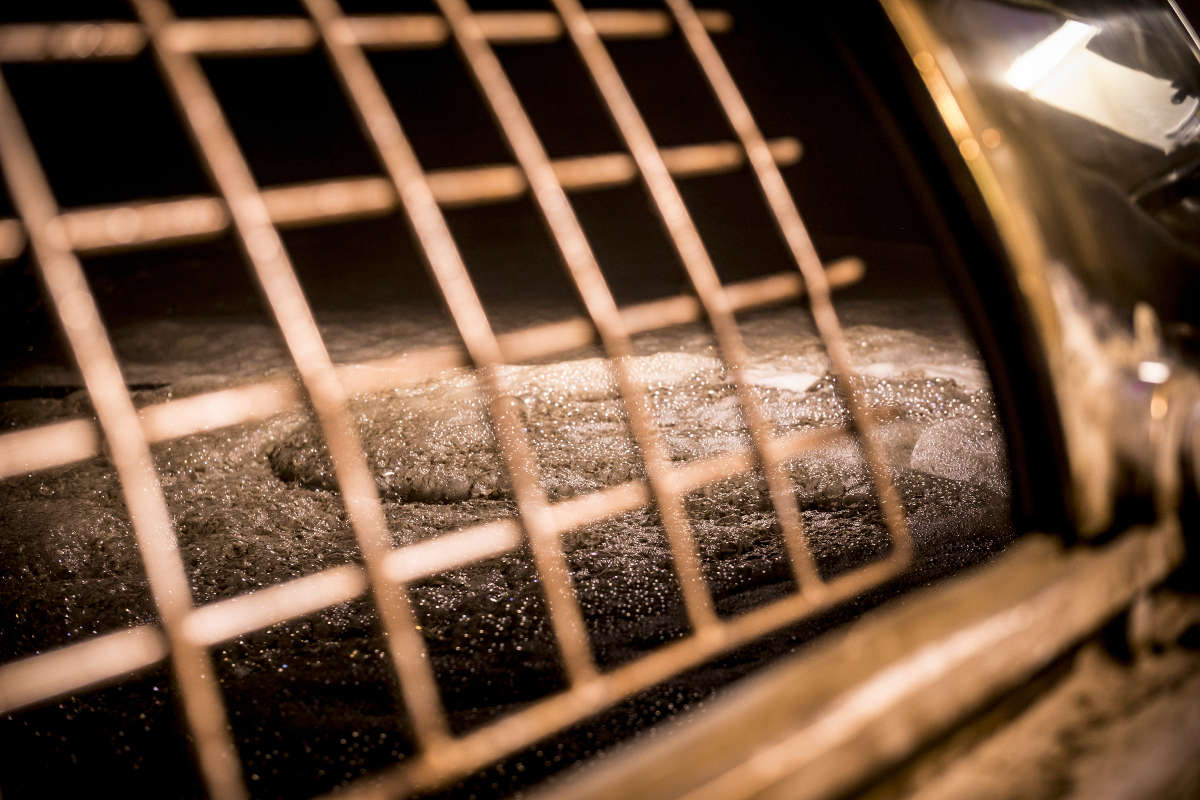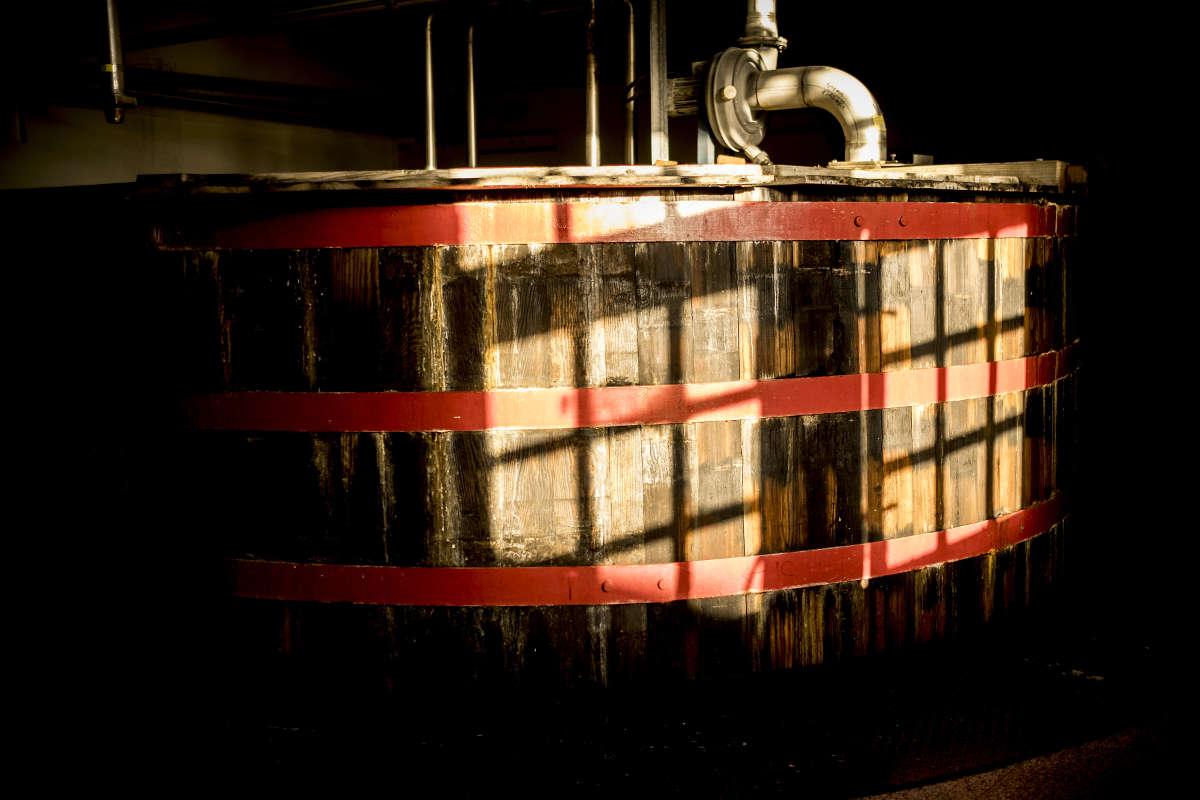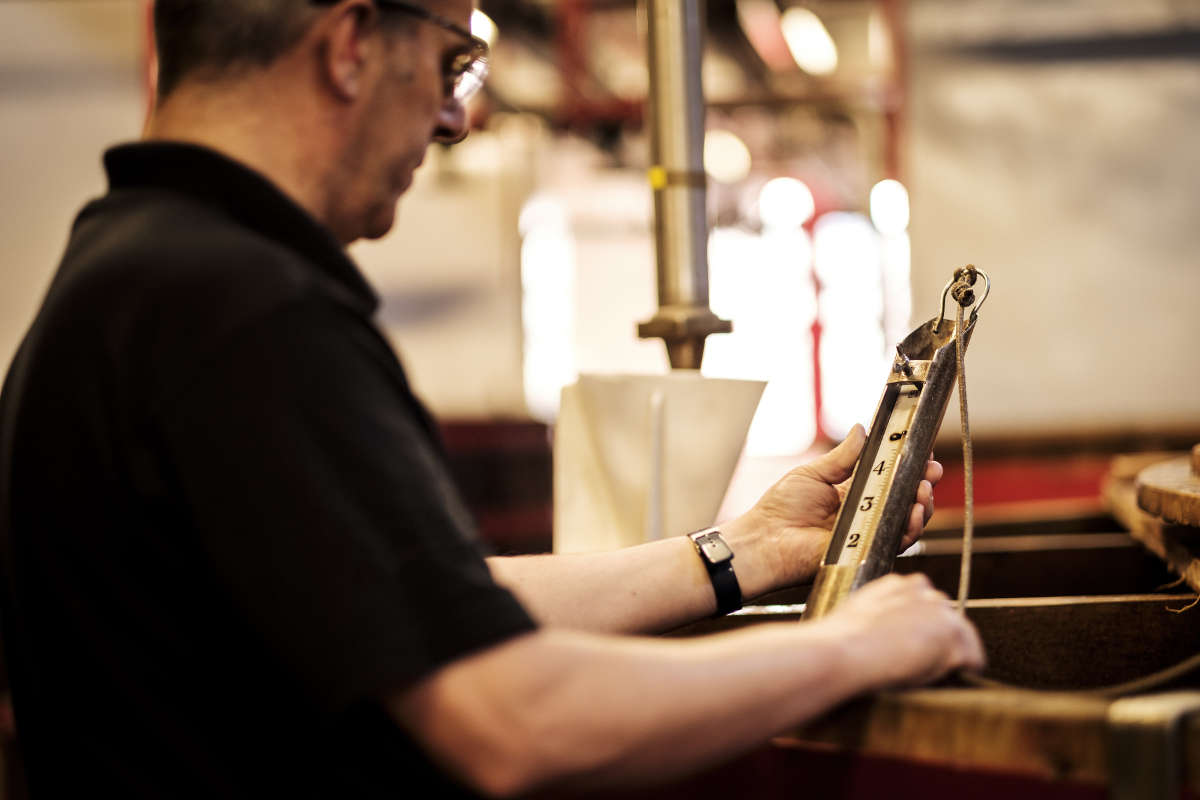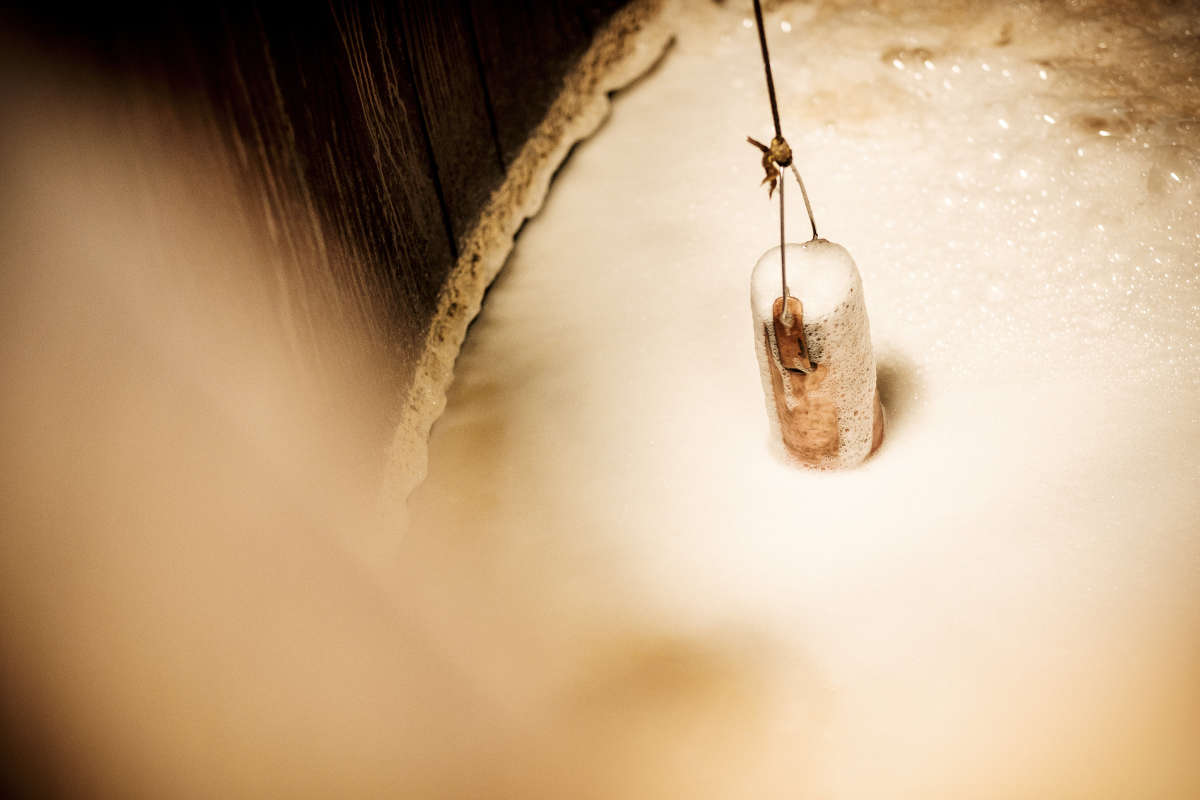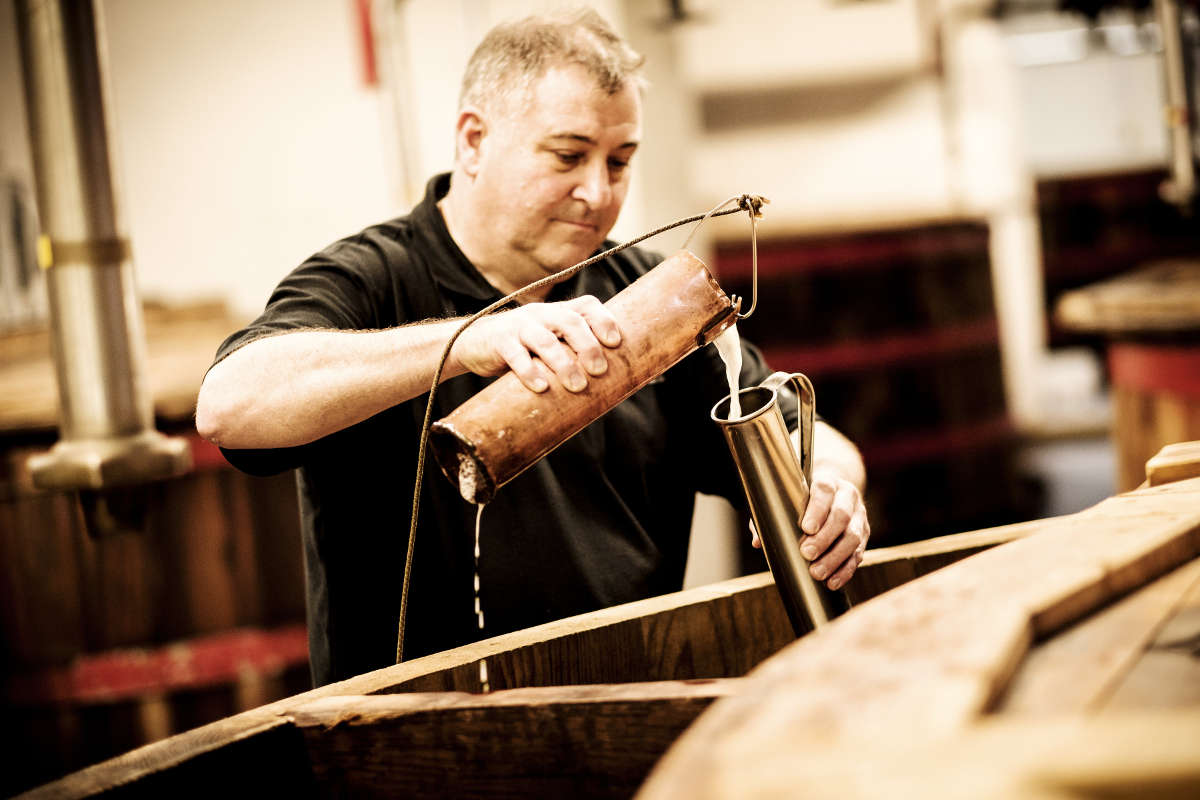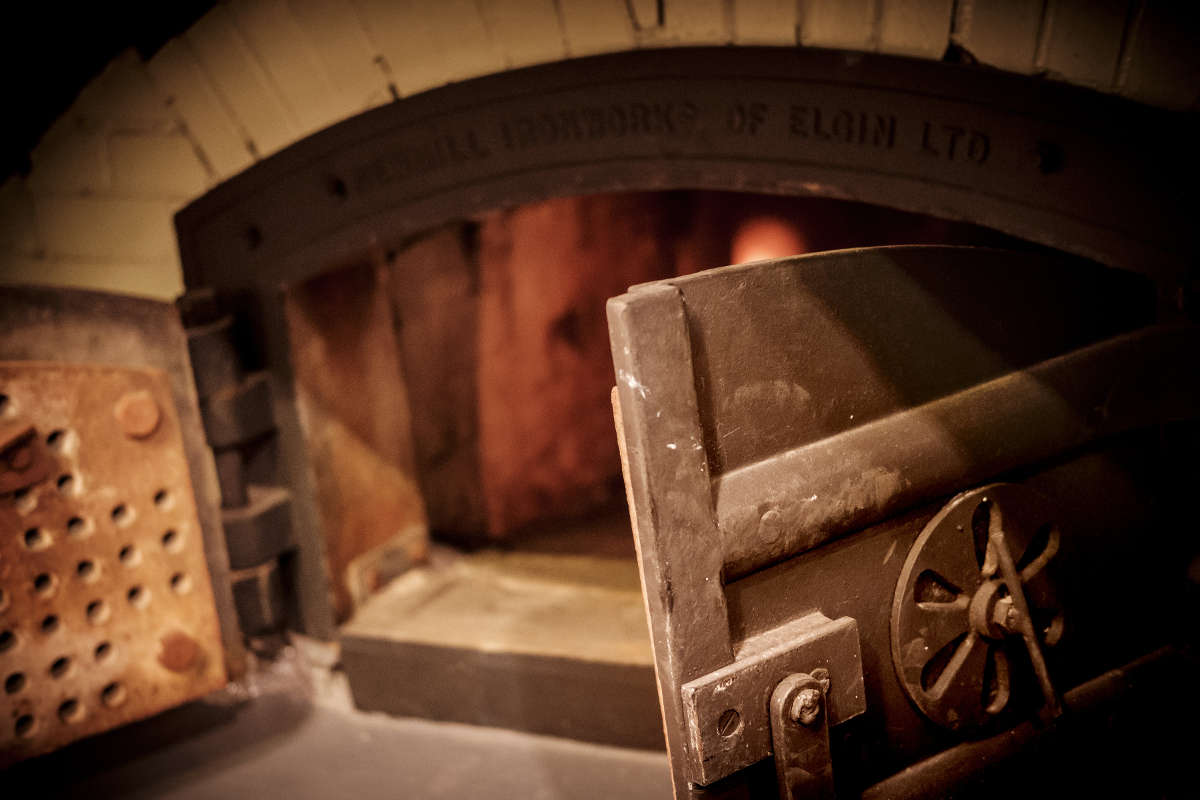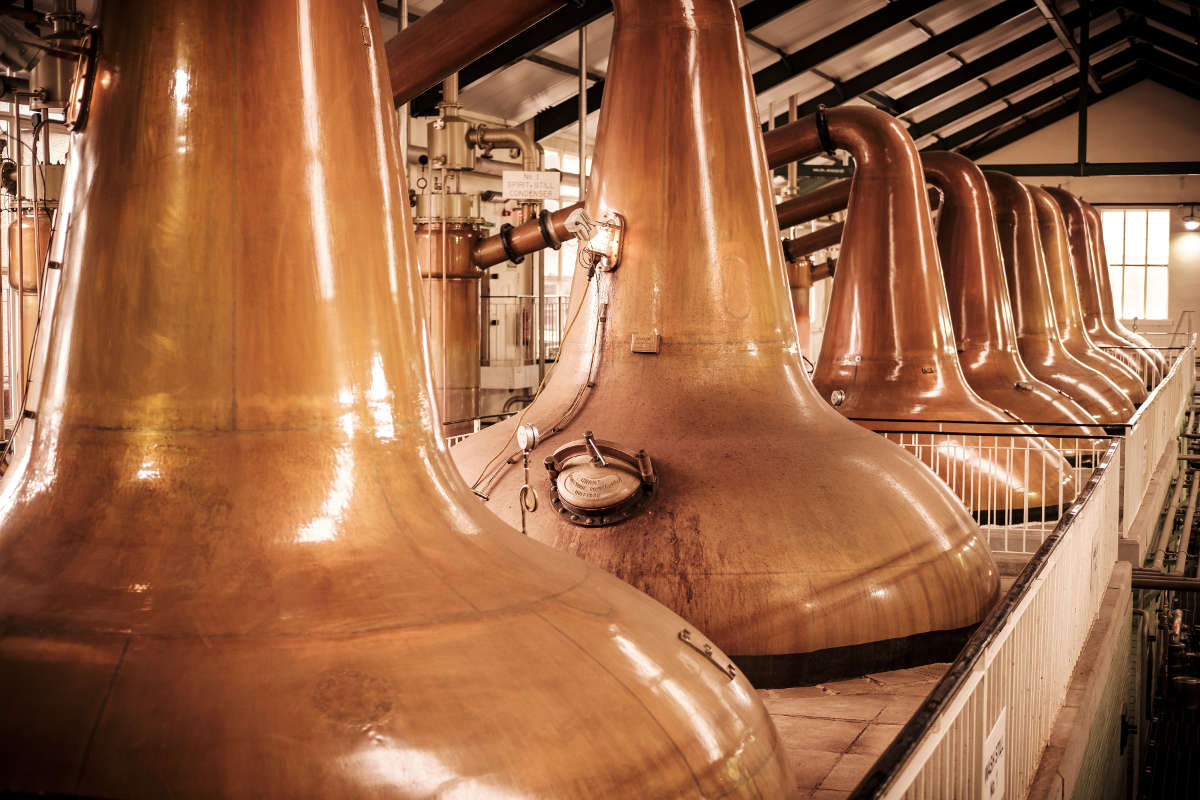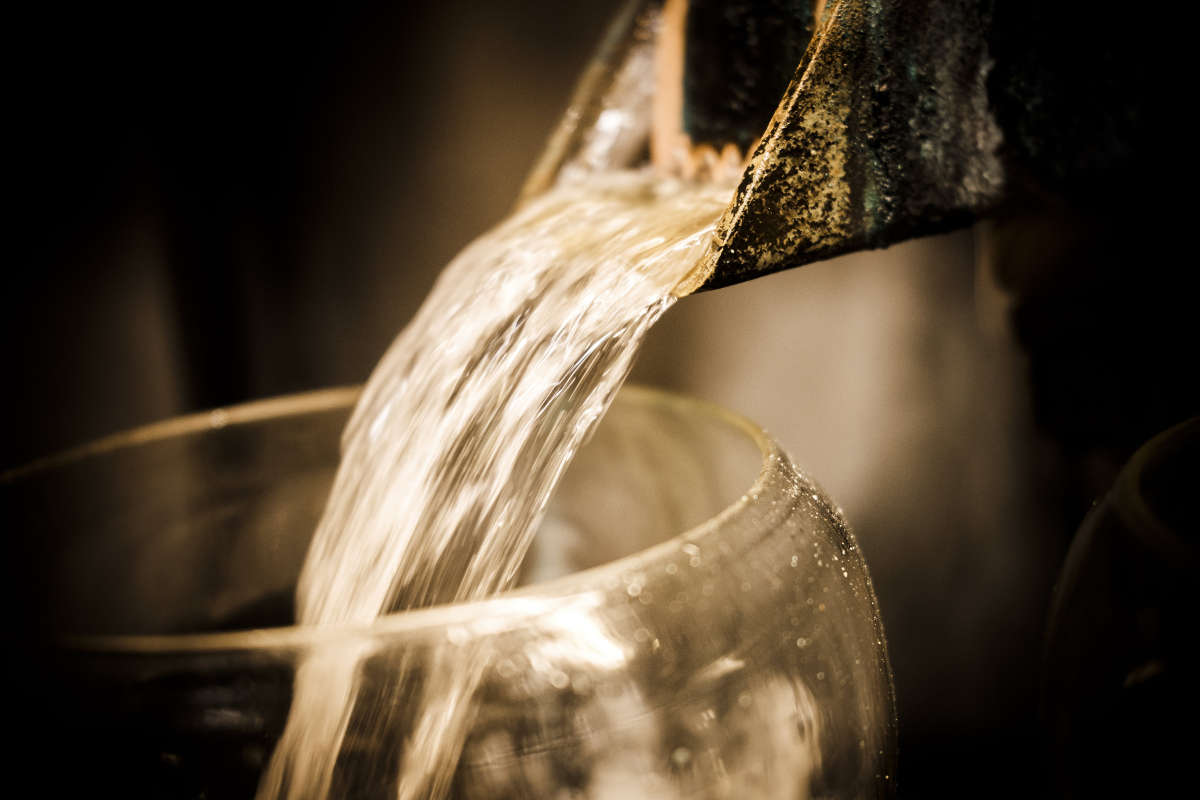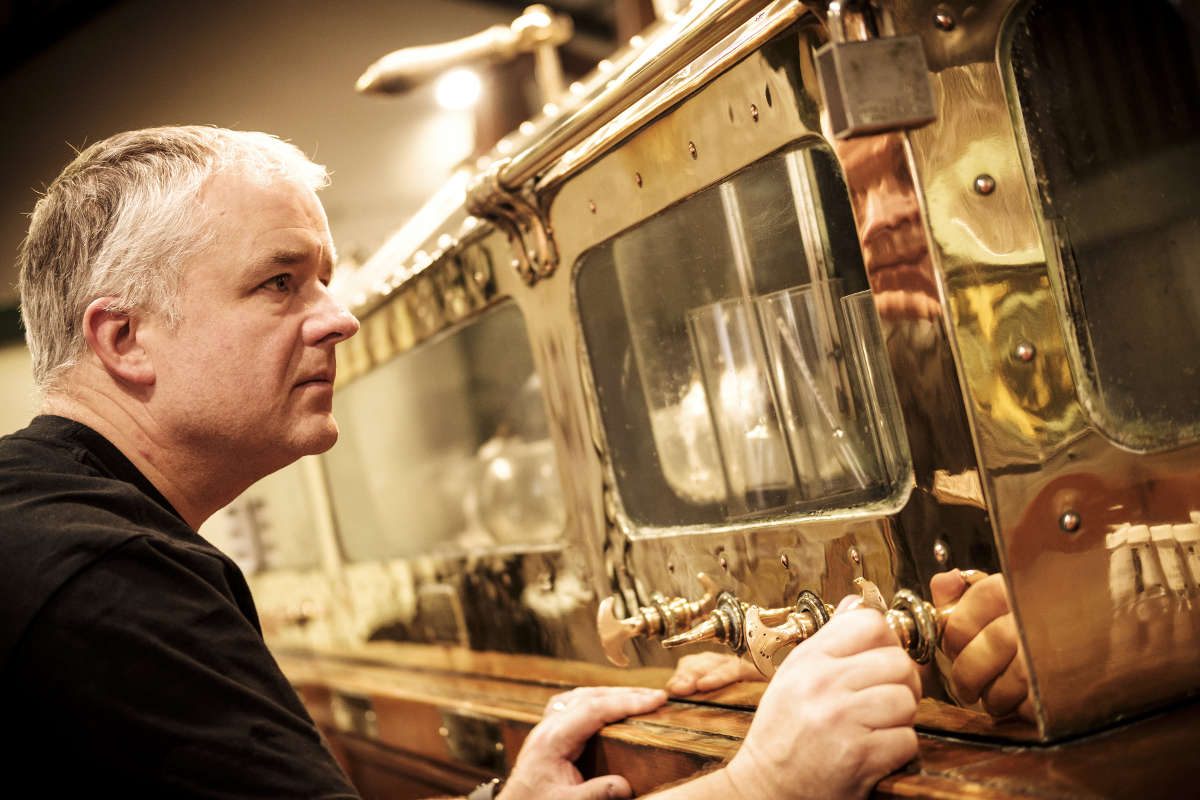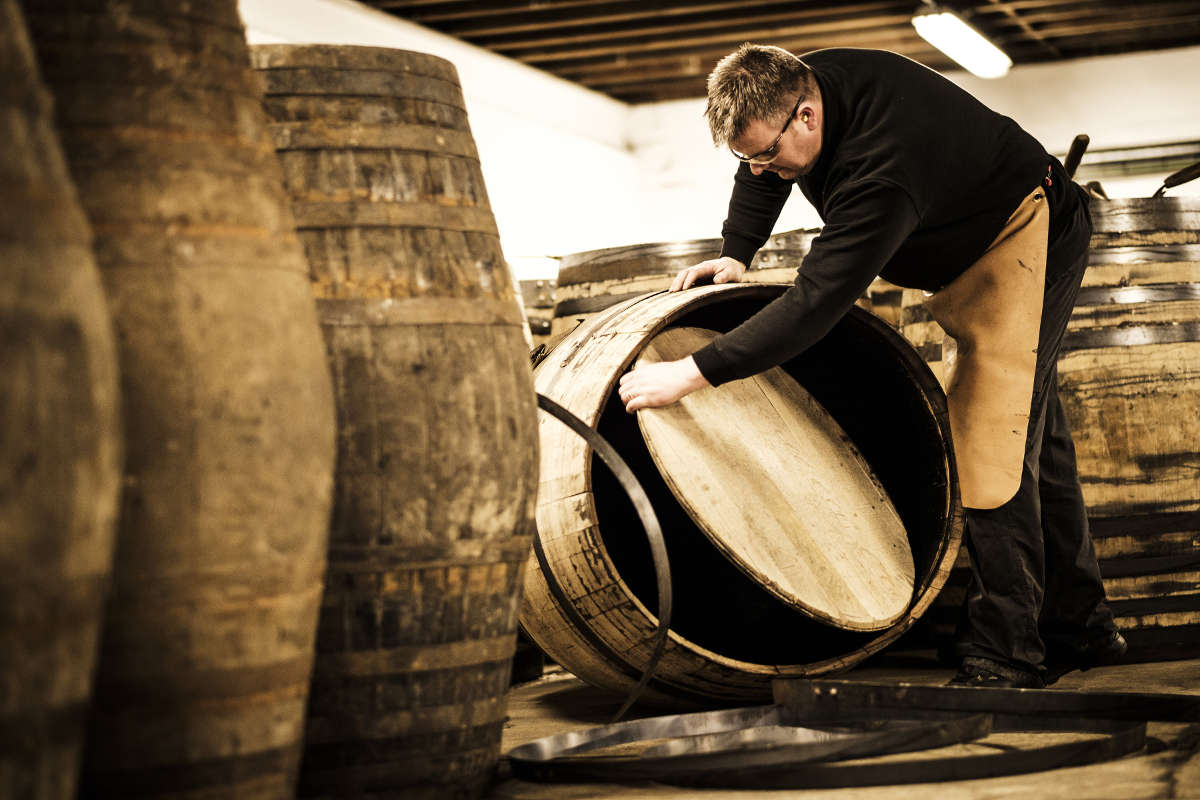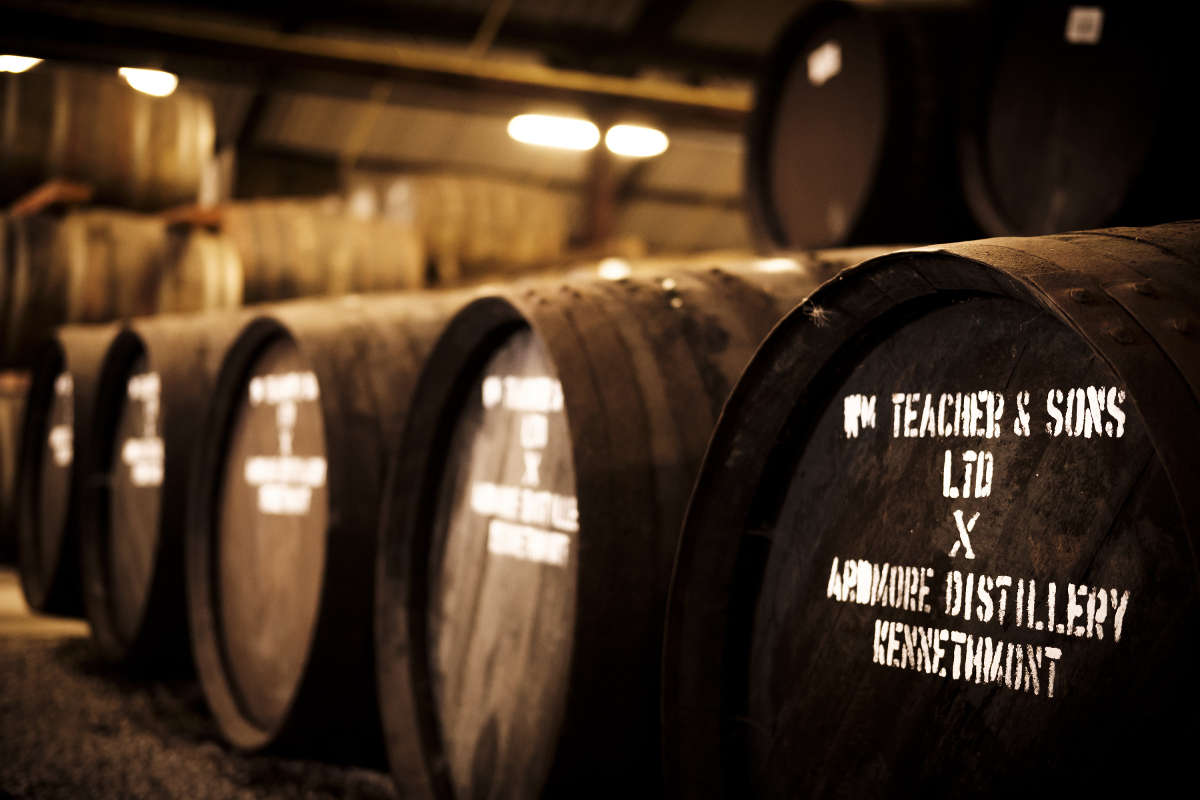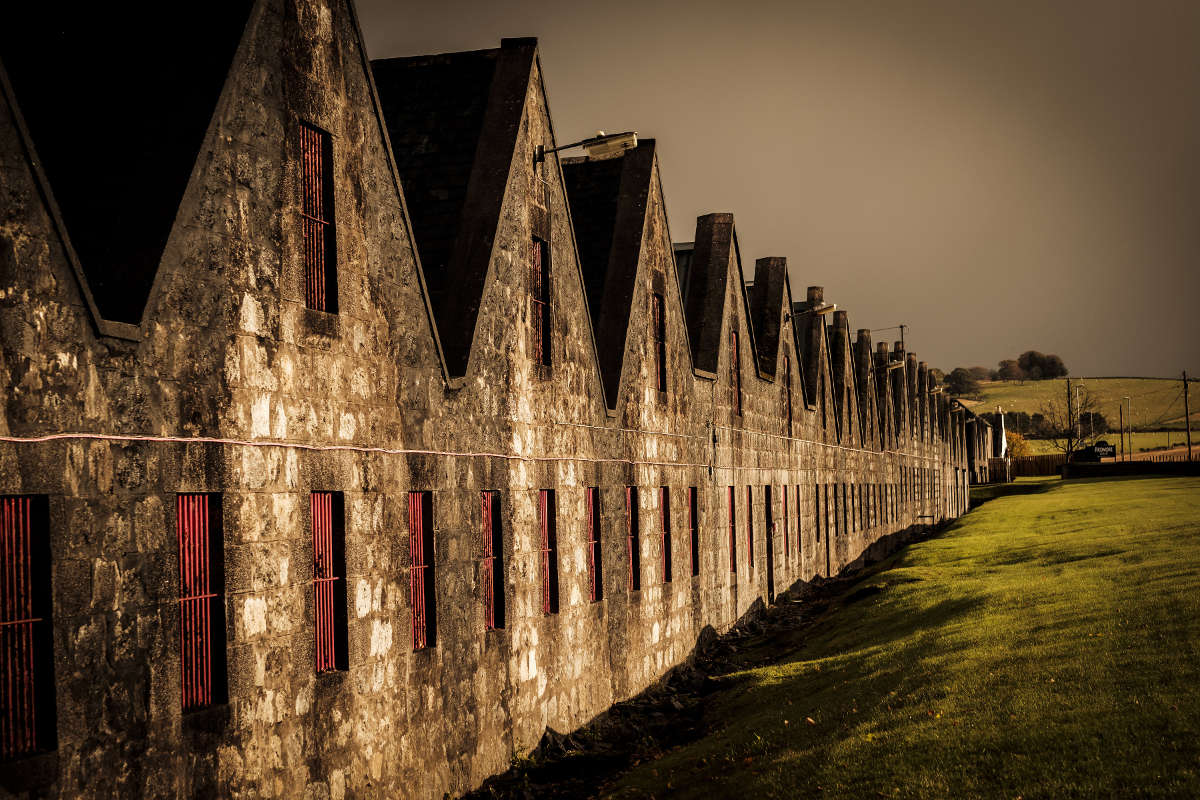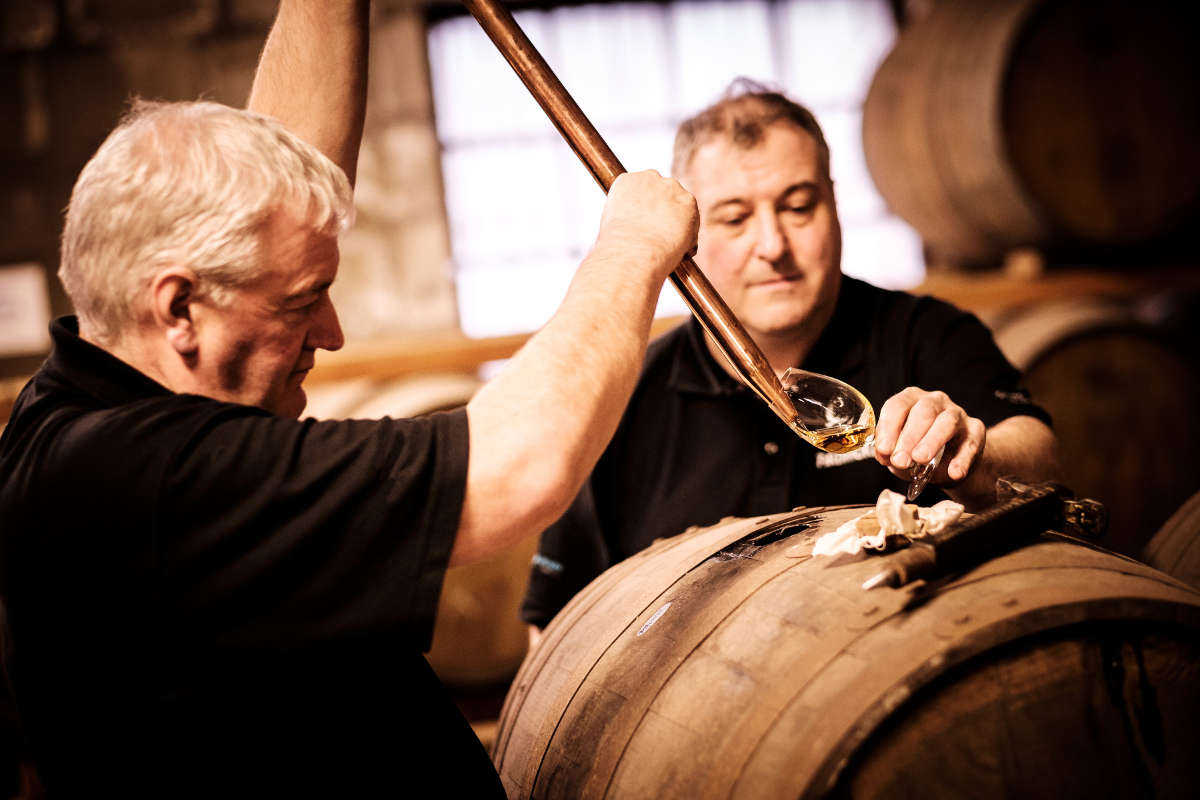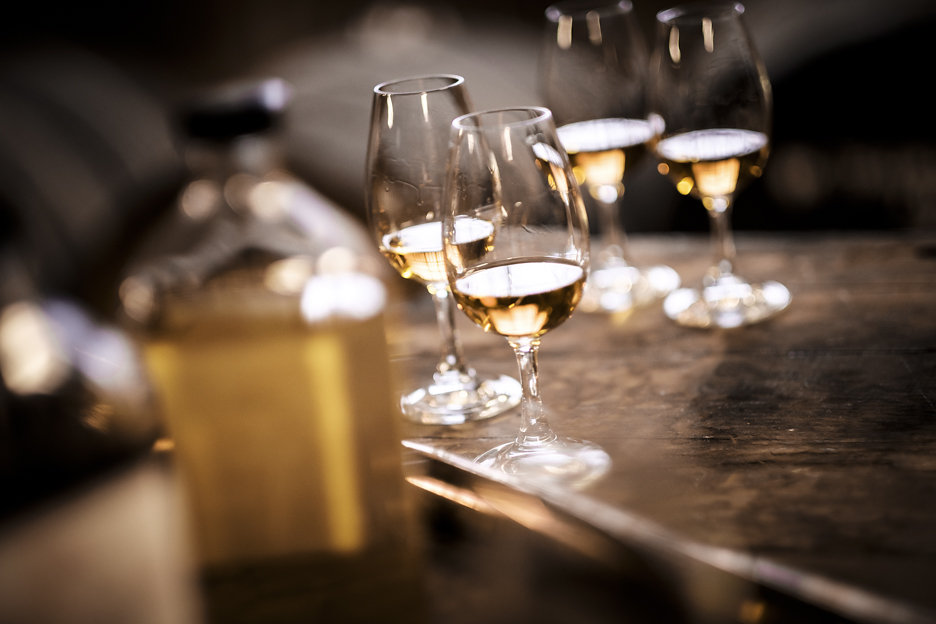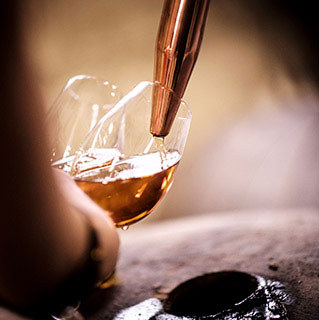The Scotch whisky market at the start of the twentieth century appeared robust but the good times didn’t last and the number of operating distilleries dropped from over 150 down to around just 15. Economic depression and the Temperance movement alongside rising tax levels in the UK all contributing to this turn of events. It was a difficult time for all, not just the purveyors of whisky.
The tide changed however and in 1933 with the end of prohibition, legal trade to America resumed and it was during this year that Teacher’s shipped their first consignment on the Cunard Steamer Scythia. The company continued to grow and in 1960 the Glendronach distillery was acquired and a new blending facility was in constructed in Glasgow 2 years later.
In 1972 Teacher’s annual sales in the UK alone exceeded 1 million cases for the first time. In 1976 Allied Breweries took over Teacher’s and in the late 1980s, Teacher’s Highland Cream was the second best selling blend in the UK with over 150 export markets and notable success in India.









